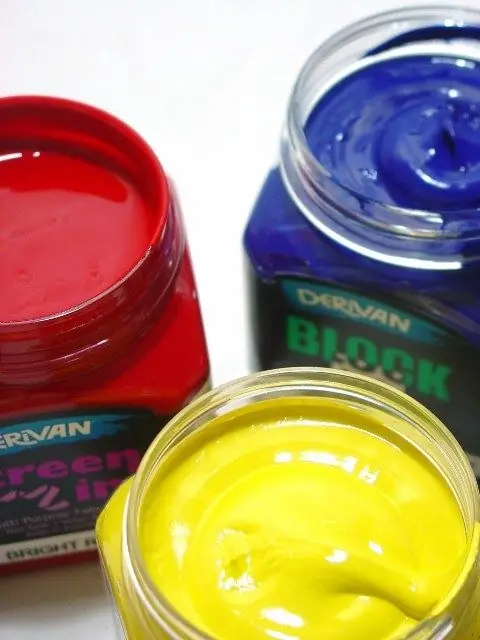The first Spider-Man comic came out in the middle of the 20th century. Since then, the history of Peter Parker has been rewritten in various versions, appearing in the form of films and computer games. You can contribute to this superhero universe by drawing your very own Spider-Man comic.

Instructions
Step 1
Prepare a sketchbook in which you will draw the comic. It can be a ready-made block of thick paper or a homemade one. To make a do-it-yourself notebook, fold the A4 watercolor sheets in half and sew them with a stitch along the fold.
Step 2
Write the story you want to illustrate. This is the text that you will then reduce to the size of individual replicas. You can come up with a sequel to an existing Spider-Man story, or change it by rewriting a key moment. In addition, you can radically change the plot and introduce new characters into it.
Step 3
Break the finished text into semantic blocks. Each of them will be reflected in a separate picture. Draw sketches for the blocks and check how clear the story is only from images, without text.
Step 4
Work on the composition in the "frames" of the comic. Peter Parker's adventure magazines are characterized by a laconic and very dynamic composition. Inside each picture, leave a place for a "cloud" with a replica of the character, or draw a rectangle at the bottom of the picture, in which the author's text will be written.
Step 5
Work on the drawing style of the comic. The character depictions in Spider-Man are structurally close to real human anatomy. However, they are somewhat hypertrophied when it is necessary to emphasize character traits or physical abilities, "super strength". So, Spider-Man himself is traditionally depicted with exaggeratedly developed muscles. Therefore, to build his figure, use diagrams depicting human muscles.
Step 6
Transfer your sketches to a sketchbook. Draw it into the same rectangles for each drawing. One or several "frames" can be placed on one page. Paint your sketch with even fills of clean, rich, but not flashy colors. For this, covering paints are suitable - gouache or acrylic. The boundaries of areas of different colors are usually clear. Create smooth transitions only when painting the skin of the characters.






